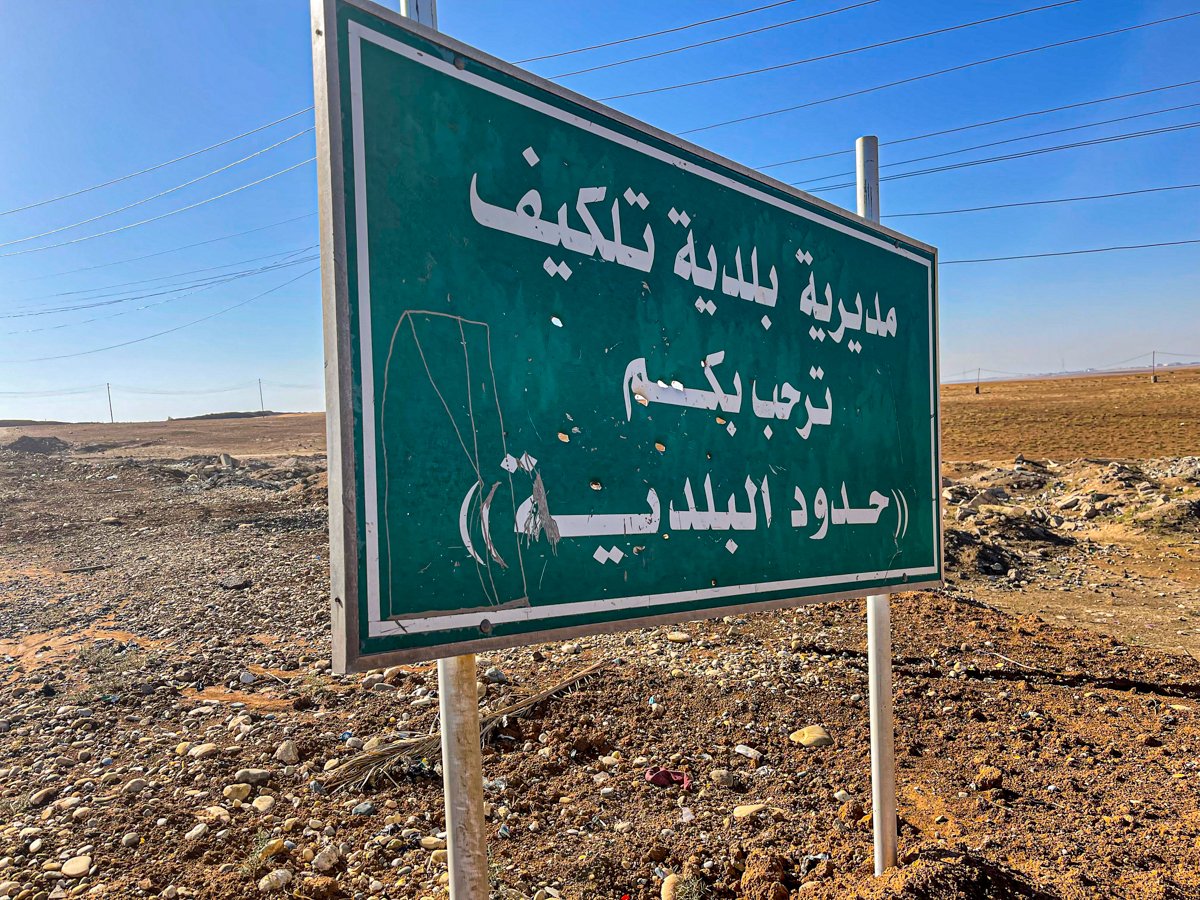
Tilkepe is the heart of Assyria, with more than 12 citadels surrounding the city center. The name means “Hill of Rocks,” and the hills were used as a defensive measure. It was built on a lower plane and cannot be seen from afar. Sadly, this did not help in 2014 when ISIS took over Tilkepe and destroyed most of the city. The bullet riddled sign is a reminder of the constant strife experienced by those who stayed.
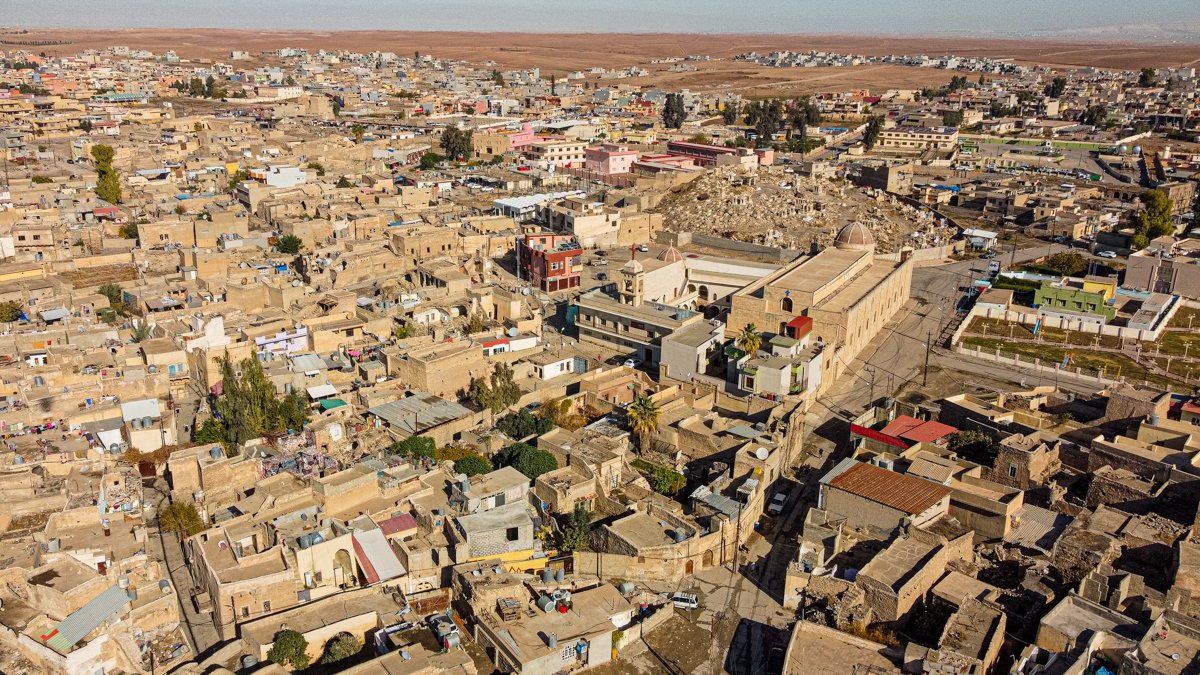

Most people lived in the center of Tilkepe; it was divided in 12 sectors, totaling more than 1200 families, in 1890. The names were Shanqo, Abroo, Gizi, Shayota, Asmar, Auroo, Qashat, Yalda, Dikho, Shamami, Martshmoni and Samoona. In its prime, Tilkepe embraced thousands of families from 35 cities and villages from the north and the Western region. Two things bonded these families - their faith in Christianity and their language, Sureth.

Tilkepe Mayor Mr. Basim Balu reflects on the ruins, remembering the glory of The Sacred Heart Church. This holy place bonded many Tilkepe families for a century. This house of God was once resplendent in fine marble and mosaics. Now, blemished with black spots resembling its destroyers, the church with all its marble and finery stripped is a reminder of what the enemy hoped to destroy, and what they never will destroy. In 2017, Christians from Tilkepe along with the Chaldean Patriarch Mar Louis Sako erected a cross on the dome atop the church and rang the church bells to signify the dawn of a new hope.



These boys are Tilkepe’s version of The Mighty Ducks, set against the background of electrical wires. Iraqi villages were known by their spaghetti wiring systems, carrying 220 volts and posing a threat to children and adults. These kids know better than to go barefoot here.

Marti Shmoni (or Saint Shmoni); this shrine is dedicated to Saint Shmoni and her seven sons. They were persecuted for their beliefs. One can find a shrine for Marti Shmoni in many Assyrian Chaldean villages. The house next door used to be “Amu Issa’s” (Uncle Issa’s) house, a known store owner in Tilkepe. It was common for people to wash their rugs and lay them over the edge of the house to dry. The roof was flat and walkable.


For a millennium Tilkepne dead were buried in this cemetery. This place of honor and devotion was brutally razed by ISIS, destroying the cemetery. It is one of the oldest tactics used to keep indigenous people away from their ancestorial land. By destroying the graves, the enemies’ hope is that people will lose attachment to the land and abandon it.


For a millennium Tilkepne dead were buried in this cemetery. This place of honor and devotion was brutally razed by ISIS, destroying the cemetery. It is one of the oldest tactics used to keep indigenous people away from their ancestorial land. By destroying the graves, the enemies’ hope is that people will lose attachment to the land and abandon it.



The furthest house on the left is the Shamoon Mamu house located across from the Dikho Field. In its prime, the house would have a full view of the field from their balcony with which to watch all the events. With no TV, radio, or internet, it was their main source of entertainment.
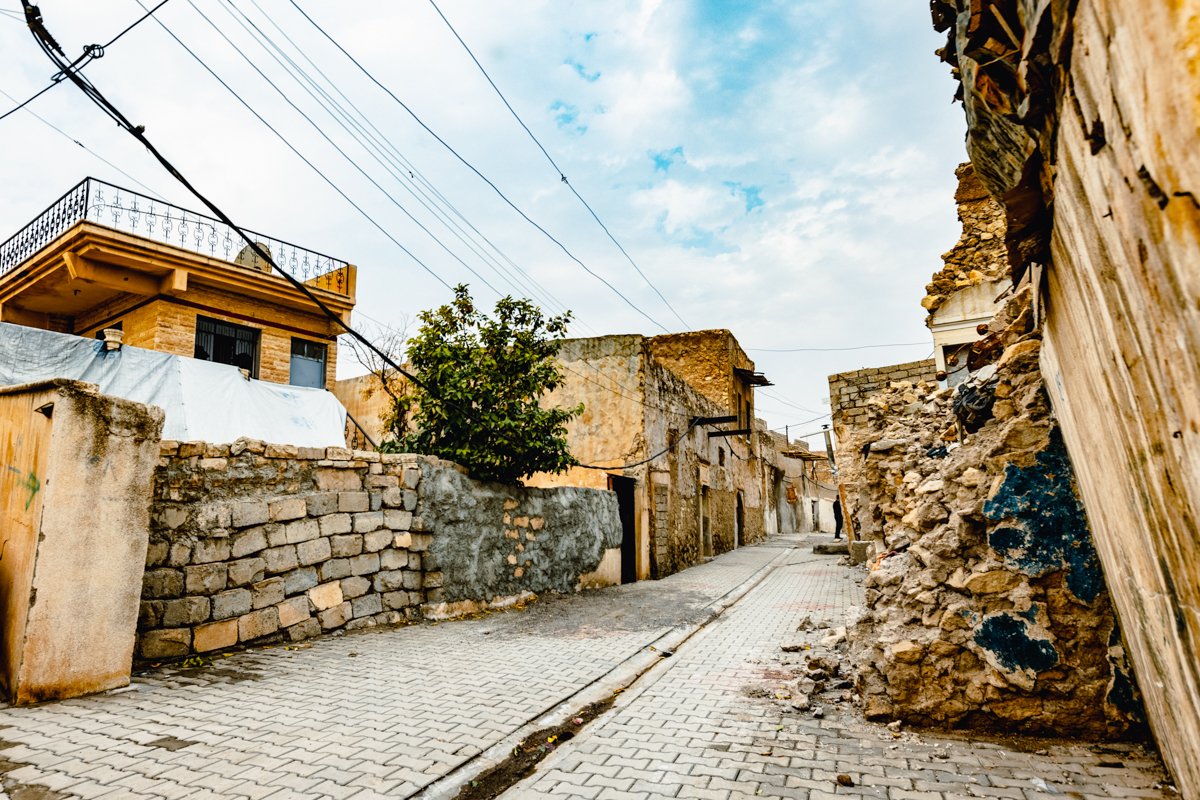



Old farm machinery is still in use.

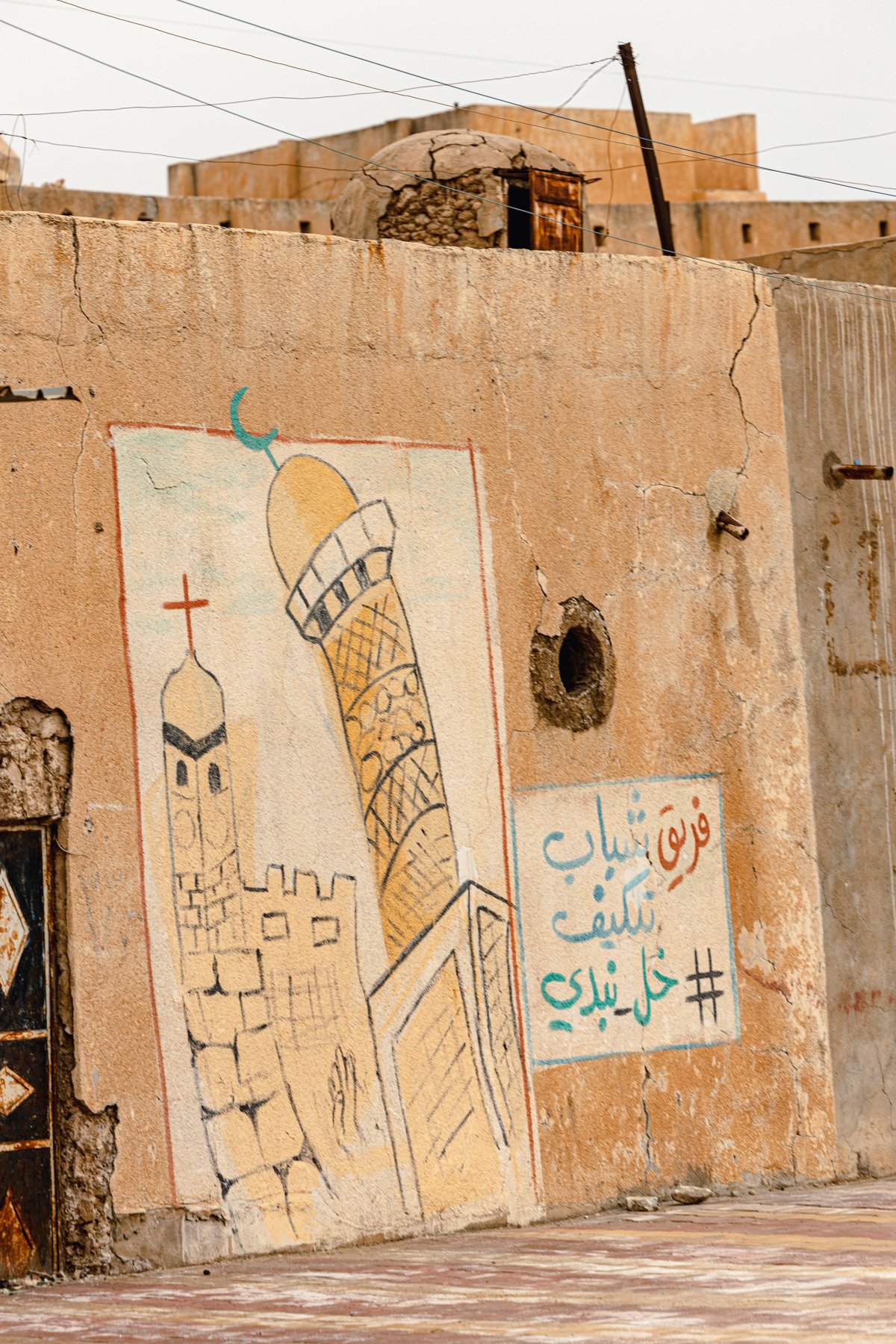


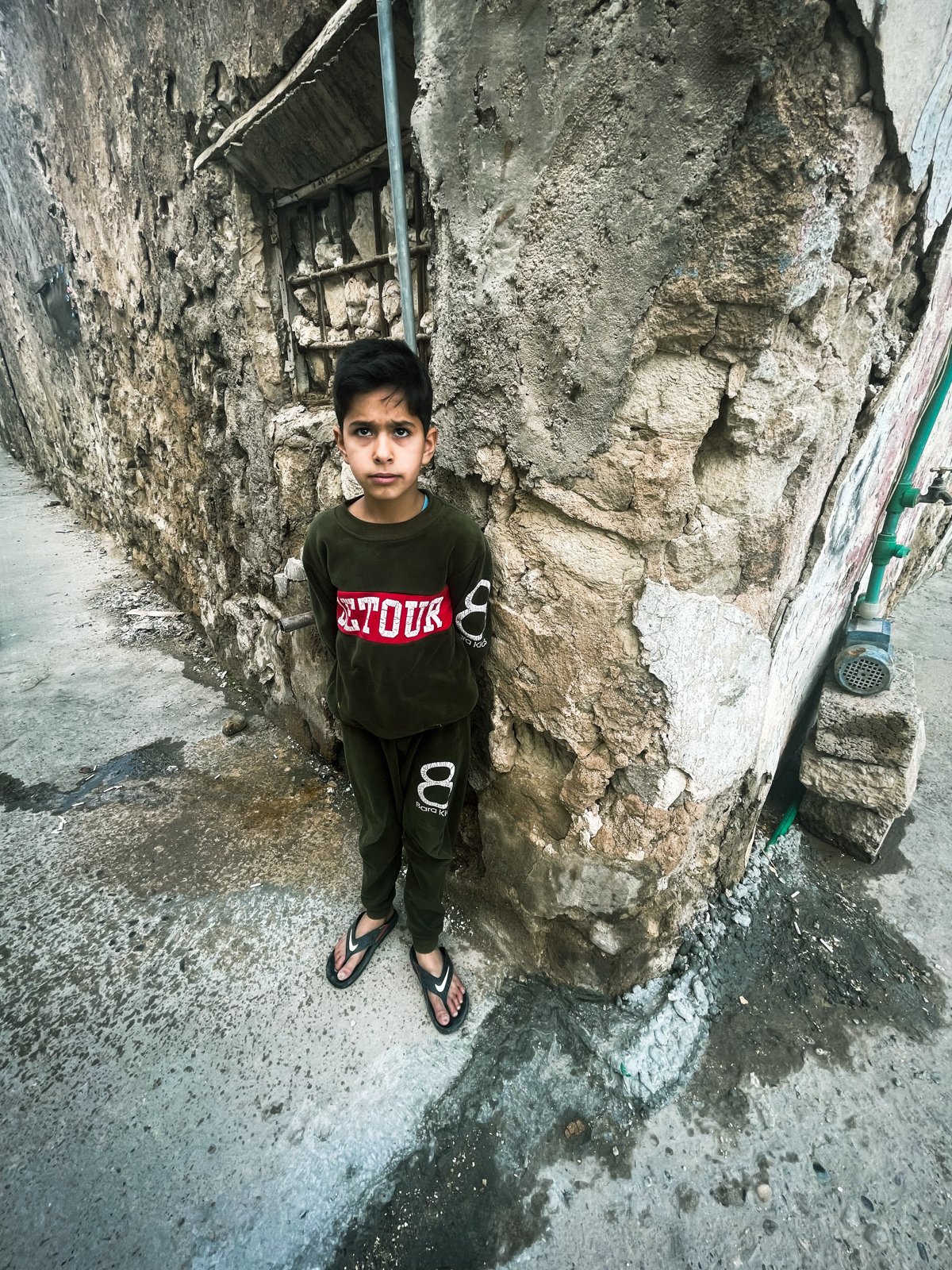
Although most of the village kids went to school, Hassan, standing in front of the Kizi family home, skipped. When asked, the 10-year-old said, “I don’t want to go to school. It is overcrowded there. My classroom has more than 70 kids.” He said it’s “Hoosaa,” meaning chaos.
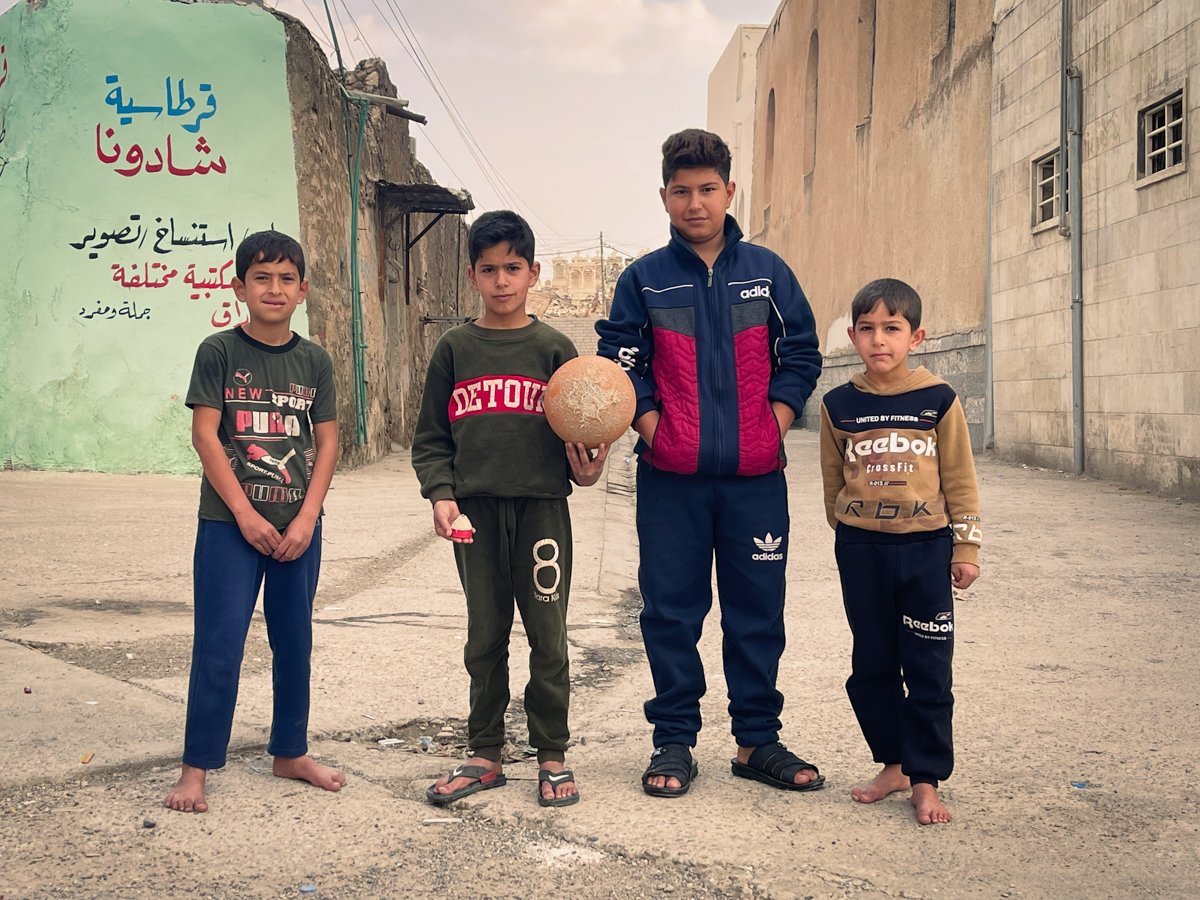


These distinct white and orange taxis are still in use. The Toyota Crown was popular in the ‘80s.

Qontora or Qamtor is the name given to the archway. Qontora means the center. Originally, these archways were built to allow the water flow. It also created a shade and a rest area; people built houses over and around them. The Sesi family had resided in this area.










































